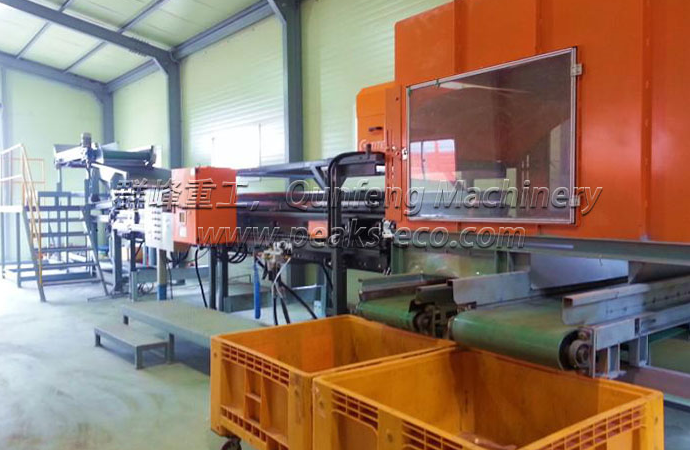Domestic garbage can generally be divided into four categories: recyclable garbage, kitchen waste, hazardous waste and other garbage. At present, the commonly used garbage disposal methods mainly include comprehensive utilization used
waste sorting equipment, sanitary landfill, incineration and composting.
Recyclable garbage: waste paper, plastic, glass, metal and cloth. Waste paper mainly includes newspapers, periodicals, books, various wrapping papers, office papers, advertising papers, cartons, etc. It is worth noting that paper towels and toilet paper are too strong to be recycled due to water solubility.
Recyclable garbage includes paper, metal, plastic, glass, etc., through comprehensive treatment and recycling, can reduce pollution and save resources. For example, if you recycle 1 ton of waste paper, you can make 850 kilograms of paper, save 300 kilograms of wood, and reduce pollution by 74% compared with the same amount of production; 0.7 tons of secondary raw materials,
waste sorting plant can be obtained for every 1 ton of plastic beverage bottles recovered; Steel can refine 0.9 tons of steel, saving 47% more than using ore smelting, reducing air pollution by 75%, and reducing water pollution and solid waste by 97%.
Kitchen waste includes leftovers, bones, vegetable roots and other food wastes. The biotech can be used to treat compost in situ, producing 0.3 tons of organic fertilizer per ton.
Hazardous waste includes waste batteries, waste fluorescent tubes, waste water silver thermometers, expired medicines, etc., which require special safety treatment.
Other garbage includes hard-to-recycle waste such as brick and ceramics, muck, toilet paper and other wastes other than the above-mentioned types of garbage. Sanitary landfill can effectively reduce pollution to groundwater, surface water, soil and air.
